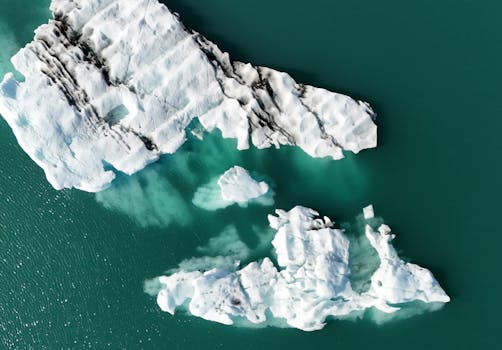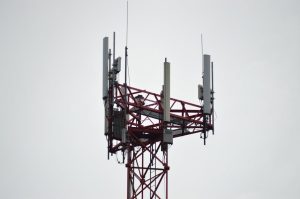
How Satellites Monitor Climate Change and Environmental Shifts
How Satellites Monitor Climate Change and Environmental Shifts is an essential aspect of understanding the impact of human activities on our planet. Satellites have become a vital tool in monitoring climate change and environmental shifts, providing valuable data on various factors such as sea level rise, ice sheet melting, and deforestation. By analyzing the data collected by satellites, scientists can gain insights into the effects of climate change and develop strategies to mitigate its impact.
Satellites in orbit around the Earth use a range of technologies, including radar, lidar, and optical sensors, to collect data on the environment. This data can be used to monitor changes in the Earth’s surface, atmosphere, and oceans, allowing scientists to track the impacts of climate change. For example, satellites can measure the extent of sea ice coverage, track changes in ocean currents, and monitor the health of coral reefs.
Types of Satellites Used for Climate Change Monitoring
There are several types of satellites used for climate change monitoring, each with its own unique capabilities and functions. Some of the most common types of satellites used for this purpose include weather satellites, Earth observation satellites, and remote sensing satellites. Weather satellites are used to monitor weather patterns and provide early warnings for severe weather events, while Earth observation satellites are used to monitor changes in the Earth’s surface and atmosphere. Remote sensing satellites, on the other hand, use sensors to collect data on the environment, such as soil moisture, ocean currents, and atmospheric conditions.
One of the most well-known satellite systems used for climate change monitoring is the NASA Earth Observing System (EOS). The EOS includes a range of satellites, including the Terra, Aqua, and Aura satellites, which are equipped with advanced sensors to monitor the Earth’s surface, atmosphere, and oceans. These satellites provide valuable data on climate change indicators such as sea level rise, ice sheet melting, and deforestation.
Applications of Satellite Data in Climate Change Monitoring
Satellite data has a range of applications in climate change monitoring, from tracking changes in the Earth’s surface and atmosphere to providing early warnings for severe weather events. By analyzing satellite data, scientists can gain insights into the impacts of climate change and develop strategies to mitigate its effects. Some of the key applications of satellite data in climate change monitoring include monitoring sea level rise, tracking changes in ice sheet coverage, and detecting deforestation.
Satellite data can also be used to monitor the health of ecosystems, such as coral reefs and forests, and to track changes in ocean currents and temperature. This information can be used to inform conservation efforts and to develop strategies to protect vulnerable ecosystems. Additionally, satellite data can be used to monitor the impacts of climate change on human populations, such as tracking changes in agricultural productivity and water availability.
Conclusion
In conclusion, How Satellites Monitor Climate Change and Environmental Shifts is a vital aspect of understanding the impact of human activities on our planet. Satellites have become a crucial tool in monitoring climate change and environmental shifts, providing valuable data on sea level rise, ice sheet melting, and deforestation. By analyzing the data collected by satellites, scientists can gain insights into the effects of climate change and develop strategies to mitigate its impact. As the impacts of climate change continue to grow, the importance of satellite monitoring will only continue to increase, providing vital information for decision-makers and scientists working to protect our planet.
